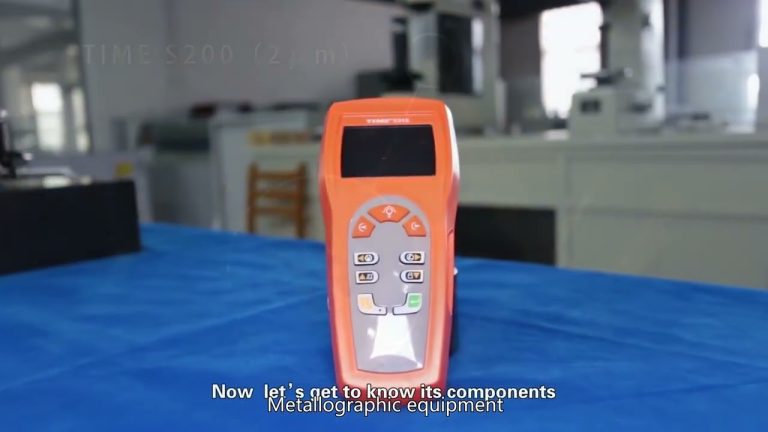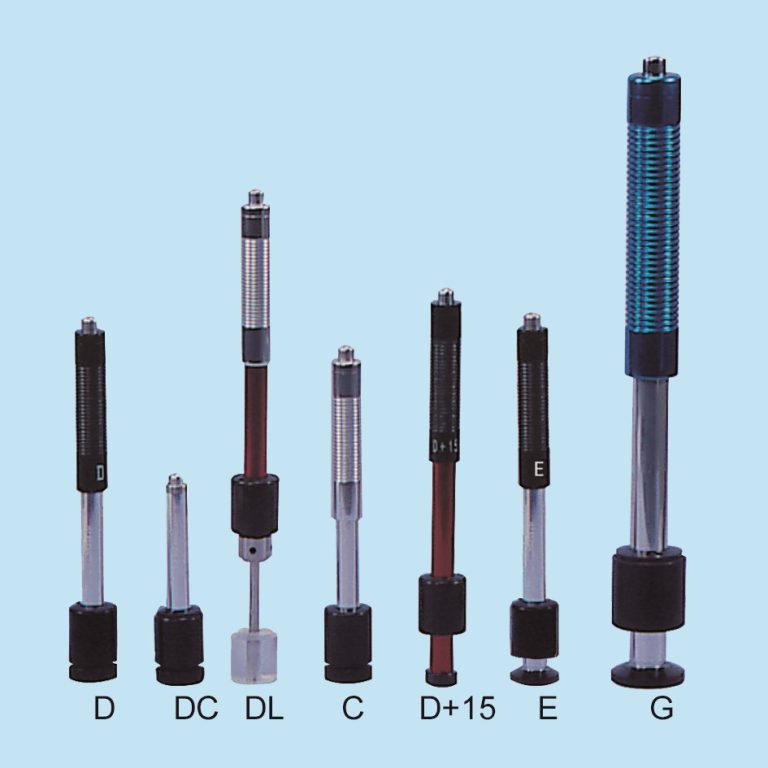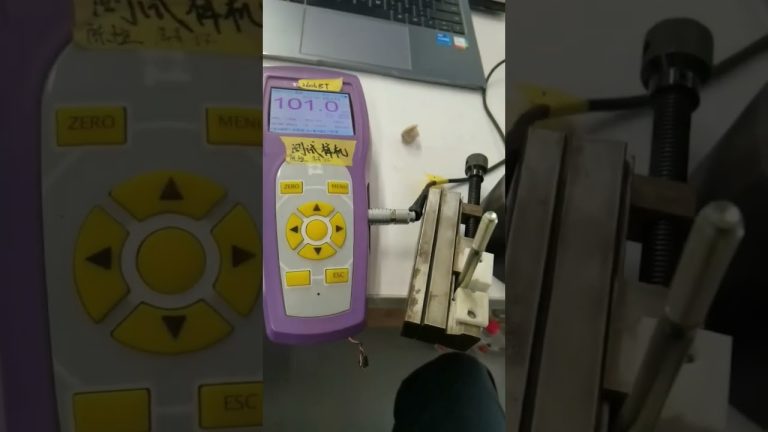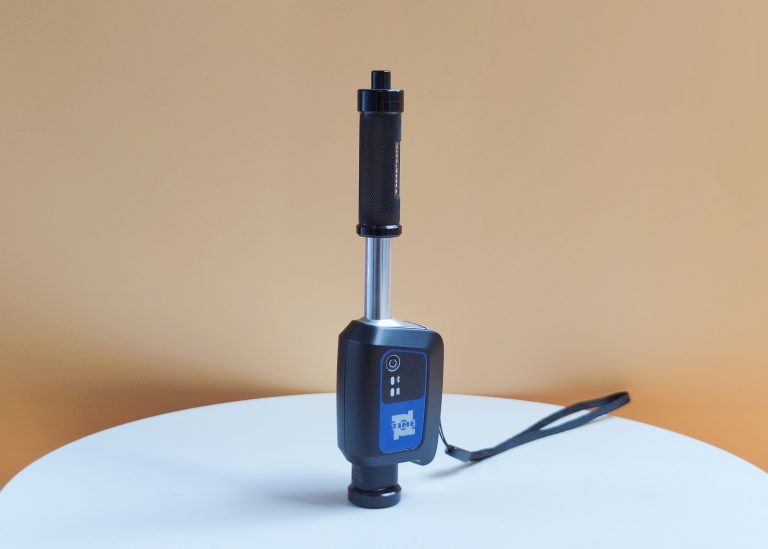When the workpiece is directly electromagnetic, pay attention to poor contact between the chucks or excessive magnetizing current causing arc flash. Protective glasses should be worn and should not be used in situations where gas may be flammable.
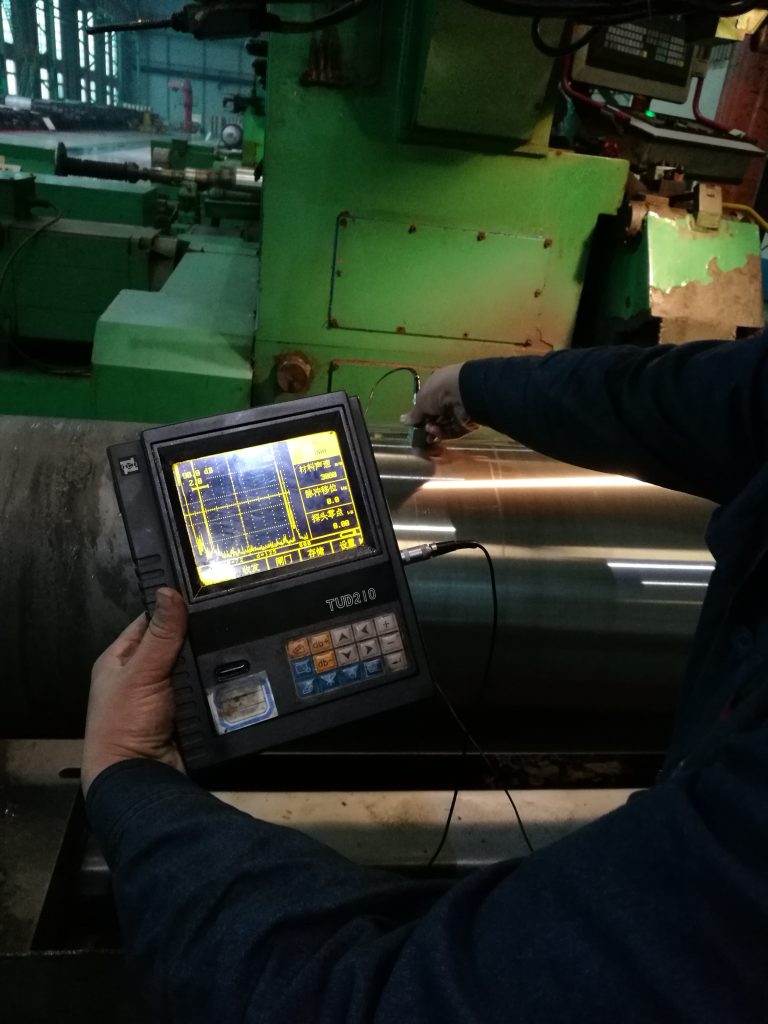
- What are the safe operation requirements for magnetic particle probes?
Answer: 1. When the workpiece is directly electromagnetic, pay attention to poor contact between the chucks or excessive magnetizing current causing arc flash. Protective glasses should be worn and should not be used in situations where gas may be flammable. ; 2. When using wet magnetic suspension continuously, protective ointment can be applied to the skin; 3. If used for water magnetic suspension, the equipment must be well grounded to prevent electric shock; 4. When using cocoon fire magnetic powder, the ultraviolet rays used must be Must be filtered to protect eyes and skin. - What is resolution?
Answer: It refers to the minimum distance between images that can be identified on a radiographic film or fluorescent screen, usually expressed by the number of identifiable lines per 1 mm. - What is geometric unclarity?
Answer: Unsharpness and penumbra caused by penumbra depend on focus size, focal length and workpiece thickness. - Why should we strengthen the recording and reporting of ultrasonic flaw detection?
Answer: After any workpiece undergoes ultrasonic flaw detection, an inspection report must be issued as proof of the quality of the work. A correct flaw detection report, in addition to establishing reliable detection methods and results, largely depends on the original records. The final flaw detection report is very important. If we inspect the workpiece without recording or issuing a report, then the flaw detection inspection is meaningless. - Why should sensitive test pieces be used in magnetic particle inspection?
Answer: The purpose of using sensitive test pieces is to test the performance of magnetic powder and magnetic suspension and to determine the effective magnetic field intensity and direction on the surface of the specimen in the continuous method and whether the operation method is correct and other comprehensive factors. - What is fixation?
Answer: The process in which the developed film is in the developer solution and the developer dissolves the undeveloped silver bromide on it while protecting the black metal silver grains is called fixation. - What is the basic principle of coloring (penetration) flaw detection?
Answer: The basic principle of coloring (penetrant) flaw detection is to use capillary phenomenon to allow the penetrant to penetrate into the defect. After cleaning, the surface penetrant is removed. The penetration residue in the defect is then absorbed by the capillary action of the imaging agent to remove the residue in the defect. Tumor infiltration fluid is used to detect defects. - What are the main factors that determine the sensitivity of coloring (penetration) detection?
Answer: 1. The influence of the performance of the penetrant; 2. The influence of the emulsification effect of the emulsifier; 3. The influence of the performance of the imaging agent; 4. The influence of the operating method; 5. The influence of the nature of the defect itself. - In ultrasonic flaw detection, how many types of defects in welds are classified? How to classify?
Answer: In ultrasonic flaw detection of welds, defects in welds are generally divided into three categories: point defects, linear defects, and surface defects.
In the classification, defects with a length less than 10mm are called point defects; generally, the length is not measured, and defects less than 10mm are counted as 5mm. Defects with a length greater than 10mm are called linear defects. Defects with a length greater than 10mm and a height greater than 3mm are called planar defects. - What is the film developing procedure?
Answer: Develop, stop, fix, wash and dry.

